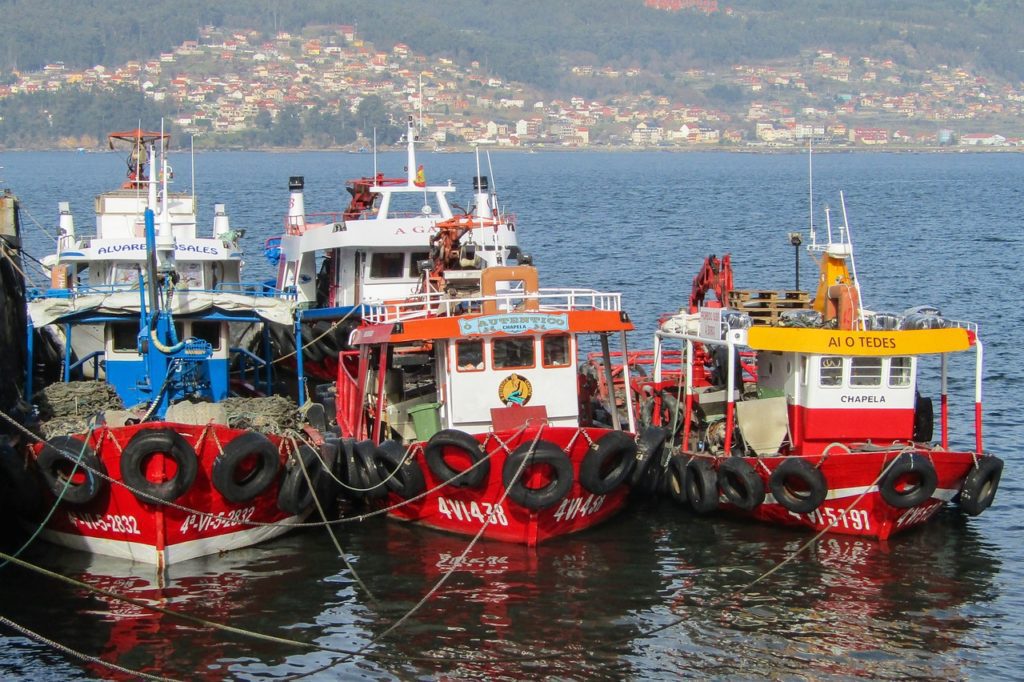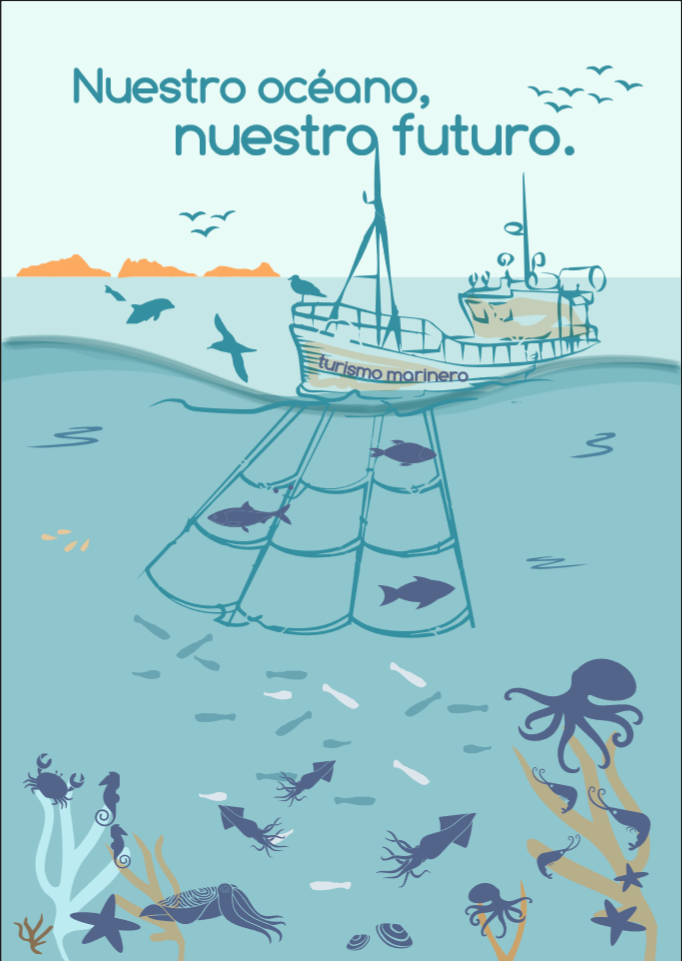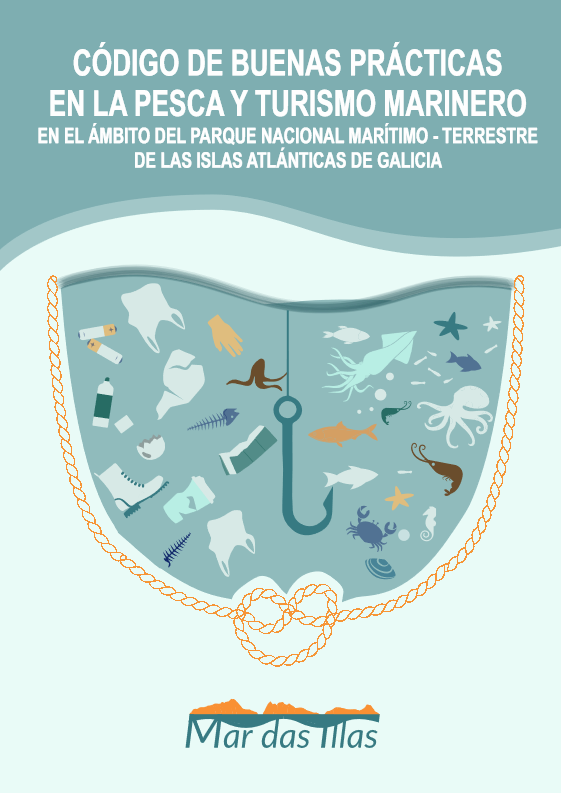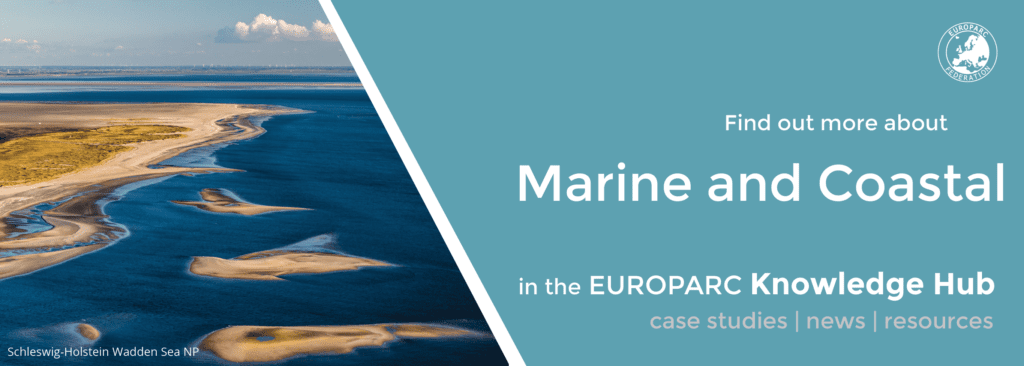“Mar das Illas”: empowering fishermen for a Sustainable Maritime Tourism in Galicia
What are the tools to develop a Sustainable approach to Maritime Tourism? The Galician Atlantic Islands National Park, located in the north-west coast of Spain, encompasses some of the most beautiful coastal areas of the Atlantic… which attracts thousands of visitors coming from sea and land. The National Park is a member of EUROPARC network of Sustainable Destinations, working with the Charter for Sustainable Tourism methodology since 2015.
However, tourism is not the only activity developed in the park. Traditional fishing and seafood harvesting, called “marisqueo” are important economic activities for the local population. And these activities do have an impact… In order to connect these activities in the region and make them sustainable, the project “Mar das Illas” was born.
A shared sea: towards a Sustainable Maritime Tourism approach
The main objective of the project “Mar das Illas“ running since 2017, is to promote touristic activities among the fishermen communities, mainly in the National Park but not exclusively. Thanks to specific training and assistance, the communities of fishermen and their families are trained as guides of the maritime heritage and of the values and insights of the National Park.
This means, it allows the diversification of the fishing sector and provides them with alternative income activities to the fishermen. The project emphasizes the work of the Park and put the focus on making each activity compatible with marine conservation. It opens an exciting path to a new model of management in marine areas, satisfying necessities without compromising the future, aligned with the UN’s Sustainable Development Goals.
Fishermen have realised their own value and role in the contribution to the conservation of our marine ecosystems.

Fishing boats in Galicia – Photo: Pixabay
This project follows the guidelines of the “blue growth” EU strategy, that supports sustainable growth in the marine sectors as a whole, putting the sea as an engine of the European economy. In this case, the sector developed in coastal and maritime tourism in a way that guarantees the availability of resources for the future. This strategy has been also discussed by the Common Fisheries Policy (CFP) of the EU and the European Maritime and Fisheries Fund (EMFF).
The actions

“Our ocean, our future” – Mar das Illas’ Manual
In the framework of sustainable tourism, the training provided the fishermen with tools to set up their own tourist activities and on how to make their activities environmental-friendly.
Furthermore, they have the opportunity to be trained as official guides of the National Park with a further course.
Some of the actions and good practices are already implemented in the PRUG (Management and Use Plan) and others are not compulsory, but extensively developed during the training sessions.
The activities offered by the fishermen include:
- guided tours to shellfish areas, fish markets and in the harbours in the National Park;
- showing the art of artisanal fishing and the traditional fishing gear;
- birdwatching on board;
- observing the beautiful spectacle of bioluminescent algae.
Manual of good practices.

Manual – Mar das Illas
One of the outcomes of the project has been the creation of several manuals, one of them: “Manual of good practices in fishing and maritime tourism”, brings together several recommendations on how to reach sustainability in both sectors to ensure the future of them and the resources.
In the foreseeable future, this will result in an improvement in the effectiveness and yield of the enterprises.
The manual is not regulatory but serves as a complement to the already implemented regulation. Therefore, the cooperation between the different stakeholders is fundamental for its application.
Download it now (only available in Spanish): Good Practices Manual: Fishing and maritime tourism
